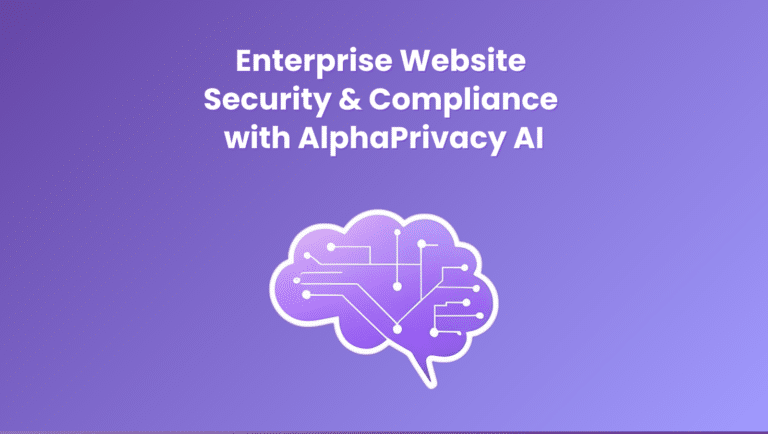You can’t open a newspaper today without reading about another cyberattack or data breach—with web applications accounting for a fair share of the reporting. Web application vulnerabilities, poor infrastructure configurations, and inadequate security controls make these web-based targets a prime focus for attackers. That’s why organizations need to make sure they’ve implemented front-end or “client-side security” as well as server-side or back-end security.
Unfortunately, the sheer volume of cyberattack reports can have the unintended consequence of creating fatigue among organizational decision makers. And this sometimes leads to “noise” in their priority list when it comes to protecting their data and their customers. While it is true that cyberattacks are going to happen, the bigger truth is that businesses can avoid a large percentage of attacks, particularly those against web applications, through the use of client-side or front-end security solutions.
What Is Client-Side Security?
Client-side security simply refers to the protection of web applications from cyberattacks. One of the most basic (and fairly common) examples client-side security is something like an SSL certificate which helps encrypt website communication channels. Unfortunately, SSL certificates don’t protect from from the dangers of vulnerable or malicious JavaScript, used in 98% of all websites. And front-end web applications don’t always contain the necessary client-side protection solutions.
Why Is Client-Side Security Important?
Major attacks on websites happen all the time, regardless of the organization’s size. In fact, cybercriminals are more likely to attack websites belonging to small- to medium-sized businesses because they’re viewed as easy targets that lack basic security. Criminals can hack unsecured web applications fairly easy, since vulnerable website code like JavaScript, security misconfigurations, and insecure third- and fourth-party scripts easily facilitate attacks, such as these:
- Magecart attacks
- E-skimming
- SQL injections
- Formjacking
- Side loading
- Malicious code insertions
- Cross-site scripting (XSS)
- Denial-of-service (DoS) attacks
- Defacement
- Data exfiltration or compromise of sensitive organizational or customer data
- Watering hole attacks (attacking users that visit your website)
- Ad injections
- Clickjacking
While businesses of all sizes get attacked, the high-profile attacks tend make the news. For example, in 2020, criminals hacked the Magento e-commerce platform targeting over 2,000 Magento online stores and stealing online payment information on tens of thousands of customers. In June 2021, a hacker stole data on 700 million LinkedIn users by exploiting the website’s API and using a data scraping technique. Other well-known brands attacked by Magecart and e-skimming include Macy’s, Ticketmaster, British Airways, and Smith & Wesson.
What Is the Impact of an Attack?
Client-side cyberattacks most often result in customer data loss, damaged business reputation, and compliance and regulatory fines. Credit data and sensitive personally identifiable information (PII), like birth dates and social security numbers, combined with names can be sold on the dark web for a tidy profit. In addition, regulatory fines related to failure to notice or stop website attacks and breaches can also impact the business.
Finally, unprotected websites that have suspicious code or malware embedded in them can result in Google blocklisting. This involves Google listing the website as ‘suspicious’ and displaying a message to the user which says: “This site may harm your computer.”
Client-Side Security Best Practices
- Regularly patch and update all software and applications associated with the website.
- Use identification and detection security technology to scan for intrusions, anomalies, and unknown threats.
- Employ ongoing monitoring and inspection with a solution designed specifically to alert to any unauthorized website script activity.
- Be cautious when selecting and implementing third- and fourth-party scripts.
- Use content security policies to help detect and mitigate some types of attacks.
- Compartmentalize web applications by splitting up front-end applications into smaller components, like public, authenticated, and admin.
- Store sensitive website data appropriately, for example in a unique metafield and keeping API keys hidden from public view.
- Use an SSL certificate for all websites.
- Employ vigilance when it comes to regular inspection, monitoring, and patching.
Next Steps
Web applications carry risk. Anyone that accesses the website expects that the risks have been mitigated. You can protect your web applications by using the right types of client-side security. If you would like to ensure your web application is using the latest security tools, check out Feroot’s Inspector and PageGuard products. They are specifically designed to continuously monitor, inspect, and scan websites to protect them from attack. And if you would like to see our products in action, please request a demo.



